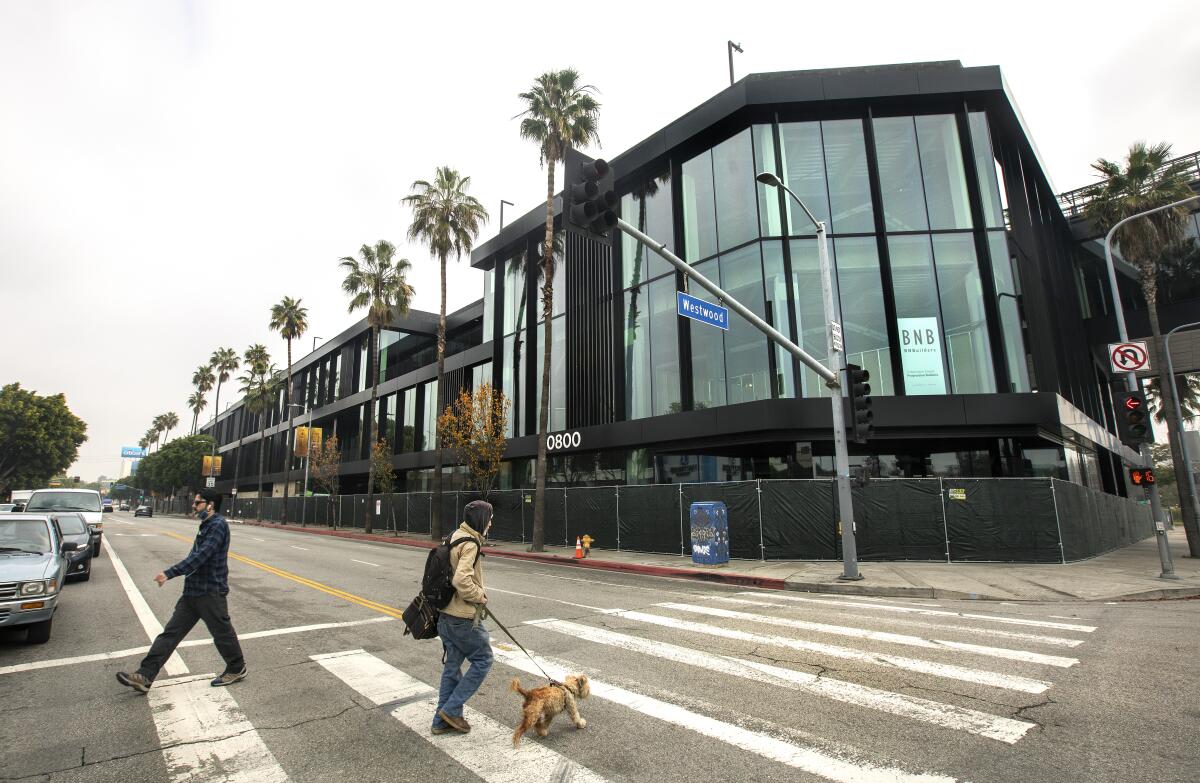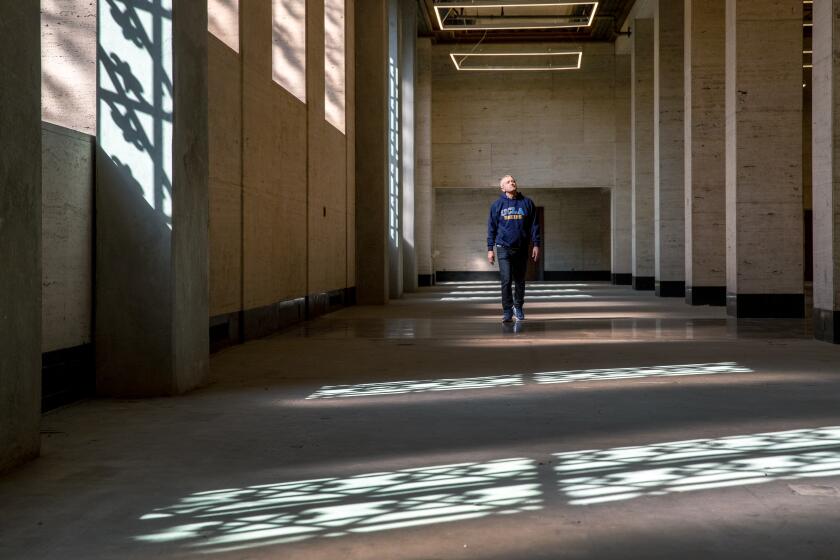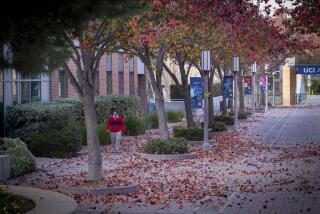University of California poised to buy former Westside Pavilion

The University of California appears poised to buy the former Westside Pavilion, which was once one of L.A.’s hottest malls but later converted to office space for rent to companies such as Google, according to state records and two real estate sources with knowledge of the deal.
One of the sources, who was not authorized to speak about the project, said the deal had closed.
The 584,000-square-foot office complex, which has been renamed One Westside, sits on prime real estate in the heart of the Westside, about two miles from the UCLA campus. Officials have been looking for ways to expand the school’s capacity.
The University of California seeks to acquire and improve three adjoining commercial properties along Pico Boulevard that make up the old mall, an environmental notice posted with the state showed. The efforts were first reported this week by the commercial real estate news site Urbanize L.A.
UCLA spokeswoman Mary Osako declined to confirm or deny reports of what she called a “rumor” about the potential transaction.
A purchase would mark the third major acquisition for the public university system in Los Angeles in less than two years.
UCLA is the most-applied-to university in the nation, but its Westwood campus is among the smallest of the nine UC undergraduate campuses, leaving it limited room for growth.
Seeking to expand its footprint, UCLA announced this summer it acquired the Art Deco-style Trust Building in downtown Los Angeles and renamed it UCLA Downtown. Just nine months prior, UCLA spent $80 million to buy two other major properties owned by Marymount California University, a small Catholic university that shuttered last year. The purchase included Marymount’s 24.5-acre campus in Rancho Palos Verdes and an 11-acre residential site in nearby San Pedro.
UCLA announced plans to expand in downtown Los Angeles with the purchase of the historic Trust Building for satellite classes, a move to widen access at the nation’s most popular university and help revitalize the city’s historic core.
Designed by prominent 20th century mall architect Jon Jerde, the Westside Pavilion was both hailed and reviled by locals who saw it as commercializing their community when it opened in the 1980s. The three-story mall buzzed with shoppers. But decades later the rise of e-commerce and changing consumer tastes helped bring a slow death that was hitting brightly lit indoor shopping centers across the country.
Hudson Pacific Properties, a Los Angeles-based owner of office and studio properties, acquired control of the bulk of Westside Pavilion in 2018 and announced it would turn the sprawling three-story mall into offices.
At the time, experts and elected officials touted the Westside Pavilion’s rebirth into office spaces as an example of West Los Angeles’ growing appeal to media and technology companies.
Google signed a 14-year lease in 2019 and had plans to build out a massive campus there. Then COVID hit. Those ambitions were never realized amid a crash in the office market, and more recently an overall pullback of tech companies on real estate expansions and rising interest rates.
Earlier this year, Alphabet Inc., Google’s parent company, announced it would cut 12,000 jobs, or 6% of its workforce, amid “a different economic reality.”
In the environmental document, the university system didn’t say what it wants to do with the property, but states it will not make a decision until state regulation is complied with and an overall site development plan has been approved.
At the time UCLA purchased the landmark downtown property, Chancellor Gene Block said it would offer extension classes there but it also hadn’t “precluded” the potential of undergraduate and graduate classes.
Staff writer Teresa Watanabe contributed to this report
More to Read
Sign up for Essential California
The most important California stories and recommendations in your inbox every morning.
You may occasionally receive promotional content from the Los Angeles Times.












